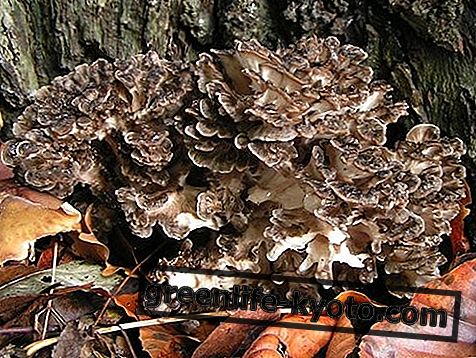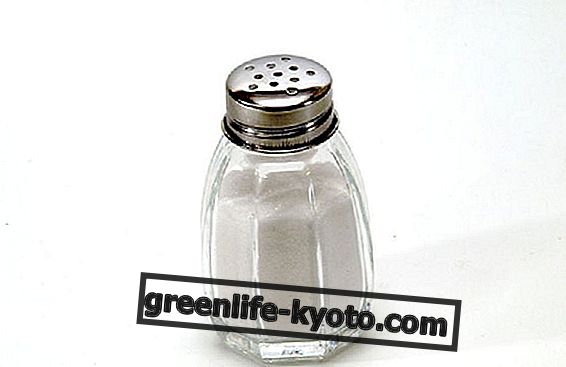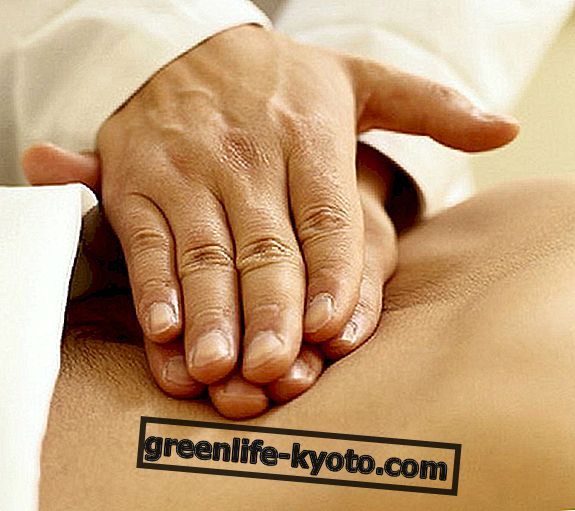The physiotherapist is a health worker who has a bachelor's degree and is an expert in motor rehabilitation and postural re-education. Let's find out better.

What the physiotherapist does
The physiotherapist is the one who has a bachelor's degree in Physiotherapy with a qualification qualifying for the profession. According to the regulation concerning the expert figure in the rehabilitation sector, we read that:
"the physiotherapist is the health worker, in possession of the qualifying university diploma, which carries out independently, or in collaboration with other health figures, the interventions of prevention, care and rehabilitation in the areas of motor skills, of the superior cortical functions, and of the visceral ones resulting from pathological events, with various etiologies, congenital or acquired. "
The definition refers to Decree of 14 September 1994, n. 741, issued by Ministry of Health.
The physiotherapist is a real professional in the field of functional motor rehabilitation, postural re-education and is a figure that can be enriched by many nuances, depending on the subsequent specialization courses achieved.
His work areas cover the anatomy and physiology of the musculoskeletal, nervous, respiratory, cardio-circulatory and urogenital systems; biochemistry, biology and biomechanics; pathology of physiotherapy interest; motor development; kinesiology; physiotherapy techniques; rehabilitation and research methodology; psychology; psychiatry; economy and law; forensic medicine; business organization; statistics; scientific english. The gymnastic exercises that the physiotherapist recommends are targeted and studied based on the person and the overall training plan for recovery or improvement of the functions.
More detailed are the techniques of motor rehabilitation and sensory recovery

Become a physiotherapist
The training of the physiotherapist in the most advanced countries is exclusively of academic type and provides a similar university path to reach the professional exercise.
In Europe there is a basic academic path of 3, 4 or 5 years, excluding specializations and doctorates.
The physiotherapist in Italy and abroad
Country you go, law you find. Many physiotherapists must proceed through various phases (with sometimes considerable financial commitment) to be recognized as a foreigner .
Our profession in Italy is relatively young (barely 52 years) compared to countries like the Netherlands (122 years) and the United Kingdom (117 years) where in the national health services the citizen enjoys "direct access" to physiotherapy.
In Italy, 50 thousand are recognized professionals who practice the profession. 100 thousand, however, are the braggarts who, without qualifications and skills, carry out rehabilitation activities on unsuspecting citizens. We remind you of four basic rules that can help you find the expert:
- Check that the degree has been issued by the Italian University and, in the case of a foreign degree, that it has been recognized by the Ministry of Health;
- Check the registration to one of the representative associations of physiotherapists, defined by ministerial decree;
- Check if, during the physiotherapy visit, the vision of the existing clinical documentation is required;
- Always ask for the release of the corresponding tax receipt, in the case of a freelancer.
Curiosity
The World Confederation for Physical Therapy (WCPT) is the international organization that represents physiotherapists in the world. The WCPT is a member of the WHPA (global alliance of health professions).
September 8th is the world day of physiotherapy.
READ ALSO
The benefits and contraindications of physiotherapy













